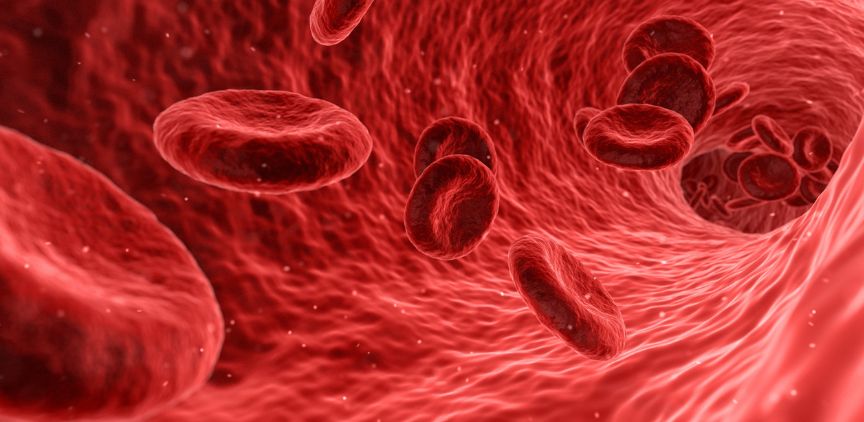Getting an Early Diagnosis Can Help
When we think about cancer, we typically think about tumors. However, some cancers can affect other areas of the body, such as the blood. Multiple myeloma is one such cancer.
Though we’ve all likely heard of multiple myeloma, it is relatively uncommon. The lifetime risk of developing multiple myeloma is 1 in 132 (0.76%). Heading into 2023, the American Cancer Society expects that there will be approximately 35,730 new cases of multiple myeloma with 12,590 deaths related to multiple myeloma.
What is Multiple Myeloma?
Multiple myeloma, also known as Kahler’s disease, is cancer that affects the blood, specifically the plasma cells of the blood. Plasma cells are a type of white blood cell that is an important part of our immune system; they are created in the bone marrow. Then the body must fight infection; the plasma cells produce antibodies that attack viruses and bacteria.
Unfortunately, these plasma cells can begin to proliferate rapidly; when this happens, multiple myeloma develops. According to MD Anderson Cancer Center, “The malignant plasma cells may crowd out normal blood-forming cells within the bone marrow, reducing the production of healthy blood cells."
Various other conditions can cause abnormal amounts of plasma cells that are not considered multiple myeloma; some of these disorders are:
- Smoldering multiple myeloma.
- Solitary plasmacytoma.
- Light chain amyloidosis.
- Monoclonal gammopathy of uncertain significance (MGUS).
Multiple Myeloma Symptoms
The first signs of multiple myeloma may not develop until later in the disease process. Unfortunately, there may be no symptoms, making it difficult to diagnose early.
The most common warning signs of multiple myeloma include:
- Bone pain: Especially common in the hips, mid- to the low back, and rib cage. The severity of the pain can vary depending on the severity of multiple myeloma and if any nerve compression or fractures have occurred.
- Fatigue: Anemia is common in multiple myeloma, and, as such, so is anemia.
- Shortness of breath: Because of anemia, shortness of breath can also occur.
- Weakness: The body can feel weak due to hyperviscosity (thickening) of the blood, which leads to nerve compressions.
- Confusion: Unfortunately, confusion develops due to electrolyte derangements, and high calcium levels. Kidney failure can also occur. High calcium levels and kidney failure can also lead to excessive thirst.
- Appetite changes: Kidney failure and high calcium levels can reduce appetite, nausea, and weight loss.
- Frequent infections: Myeloma cells crowd out normal white blood cells responsible for fighting infection. This increases the risk of infections. Common infections that occur are pneumonia, sinusitis, skin infections, bladder infections, and kidney infections.
- Leg swelling: Because multiple myeloma causes kidney failure, the circulating fluids tend to build up in the extremities, particularly the legs.
Multiple Myeloma Diagnosis & Treatment
Once you've understood the first signs of multiple myeloma, you'll want a diagnosis; this typically based on laboratory and biopsy results. Typical exams performed include:
- Blood tests: A variety of blood tests may be performed, but a blood test that reveals M proteins produced by myeloma cells is typically indicative of multiple myeloma. Additionally, beta-2 microglobulin is another protein that is produced by myeloma cells and can indicate the aggressiveness of multiple myeloma. Other important tests include kidney function, blood cell counts, uric acid levels, and calcium levels.
- Urine tests: The urine is reviewed for M proteins, called Bence Jones proteins, when present in the urine.
- Bone marrow: The bone marrow is analyzed through a biopsy for the presence of myeloma cells. Specialized tests can also identify gene mutations.
Treatment of multiple myeloma is a multifaceted approach. However, it may not be necessary initially. The treatment plan is dependent on pain, the presence of complications, and how advanced the disease is. Common treatments may include:
- Targeted therapy: Focuses on weaknesses present in cancer cells, causing cancer cells to die.
- Chemotherapy: Uses strong medications to kill cancer cells. Unfortunately, it can also kill healthy cells. It is used before a bone marrow transplant.
- Immunotherapy: Uses its own immune system to kill cancer cells. According to Mayo Clinic, “Your body's disease-fighting immune system may not attack your cancer because the cancer cells produce proteins that help them hide from the immune system cells. Immunotherapy works by interfering with that process."
- Corticosteroids: Controls inflammation and is active against myeloma cells.
- Bone marrow transplant: Involves replacing unhealthy stem cells with healthy stem cells, allowing the body to eventually produce its healthy plasma cells.
